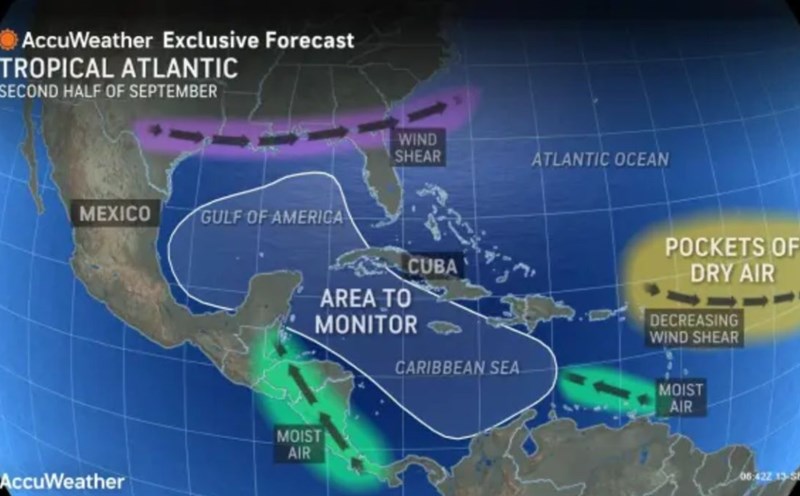On September 14, Israel destroyed at least 30 civilian buildings in Gaza City, forcing thousands of people to flee their homes, according to Palestinian officials. The Israeli military said its goal is to take control of the city, where about 1 million people are taking refuge, considering it Hamas' last stronghold.
Israel said it had launched five airstrikes last week, targeting more than 500 targets, including weapons depots, underground tunnels and reconnaissance positions. Local officials say at least 45 people have been killed in just one day, mostly in Gaza City.
US Secretary Marco Rubio's visit comes in this context. He went to Jerusalem, prayed at the Western Wall and was scheduled to meet Prime Minister Benjamin Netanyahu. Mr. Rubio said the US wanted to discuss the rescue of 48 hostages still held by Hamas, of which only about 20 are believed to be alive, and discussed the plan to rebuild Gaza.
Meanwhile, Hamas has called on people to continue staying in Gaza City, despite Israel's request to evacuate south. Many people believe that the area called "hanistic zone" is not safe enough and has no more housing. People like Musbah al-Kafarna said they had to move their tents, and dozens of families now do not know where to go.
The United Nations warned of the worsening humanitarian situation. Philippe Lazzarini, head of the United Nations Rehabilitation and Relief Agency for Palestine Refugees in the Near East (UNRWA), said 10 of the organization's facilities were bombed in four days, with medical and sanitation services only half active. The Gaza Ministry of Health announced two more deaths from malnutrition, bringing the total to at least 422 cases, including 145 children.
Meanwhile, Netanyahu's plans to expand settlements in the West Bank have prompted the United Arab Emirates to warn of the risk of breaking the Abraham Agreement. Many observers fear a comprehensive attack on Gaza City will push the humanitarian crisis to catastrophic level.








